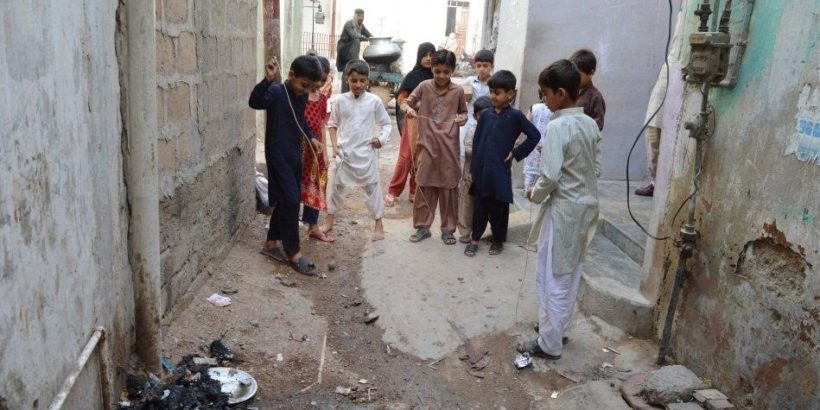For several decades, typhoid has been treatable with routine antibiotics. While nearly 12 million people suffer from typhoid annually, and more than 128,000 die from the disease, typhoid has been perceived as a lower health priority. However, the impact of typhoid as a deadly global health threat has increased during the past two years.
Since the beginning of 2018, more than 2,000 people in Pakistan have been infected with extensively drug-resistant (XDR) Salmonella Typhi, the bacteria that causes typhoid, and the world is now on edge. The XDR strain of Salmonella Typhi responds to only one oral antibiotic – azithromycin – and if resistance develops to this antibiotic, the only treatment left is expensive intravenous drugs that are difficult to deliver in low-income countries.
In 2016, the XDR strain was diagnosed in Hyderabad, Pakistan, but it has already spread to Karachi and other communities. Worryingly, the potential for further spread could be at a global scale. Typhoid scientists and researchers, as well as physicians, are concerned that the outbreak could find its way to other countries. Several travelers to Pakistan have returned home with drug-resistant typhoid infections.
The United States’ Center for Disease Control and Prevention recently put out a travel alert for Pakistan, recommending that “anyone heading to Pakistan or anywhere else in South Asia … take extra care with food and water and get a typhoid vaccination.”
The truth is that while we are unlikely to see a typhoid outbreak in the United States or other developed countries, the same cannot be said for countries with weak water and sewage infrastructure. In these countries, a traveler from Pakistan could trigger an outbreak, which has the potential to magnify the burden of XDR typhoid and put an increased strain on global resources to combat the disease.
One of the most important and powerful tools to combat this outbreak – and prevent future ones – is new typhoid conjugate vaccines (TCVs). Compared to older typhoid vaccines, the newly WHO recommended TCV offers longer-lasting protection, requires fewer doses, and is suitable for children less than two years of age. Leveraging TCVs during an outbreak, as officials in Pakistan are doing, can help prevent disease transmission and protect those not yet ill. Expanded coverage of routine immunizations can reduce the need for antibiotics, and slow further emergence of drug-resistant typhoid strains.
As people move around the world, so do infectious pathogens. The global efforts to curtail the XDR strain of typhoid (and all drug-resistant strains) must prioritize TCVs. The currently available TCV is a proven way to limit disease transmission, reduce the need for antibiotics, and keep our world’s families and communities healthy.
Photo: Children play in their neighborhood in an urban slum in Pakistan.
Photo Credit: Aga Khan University



